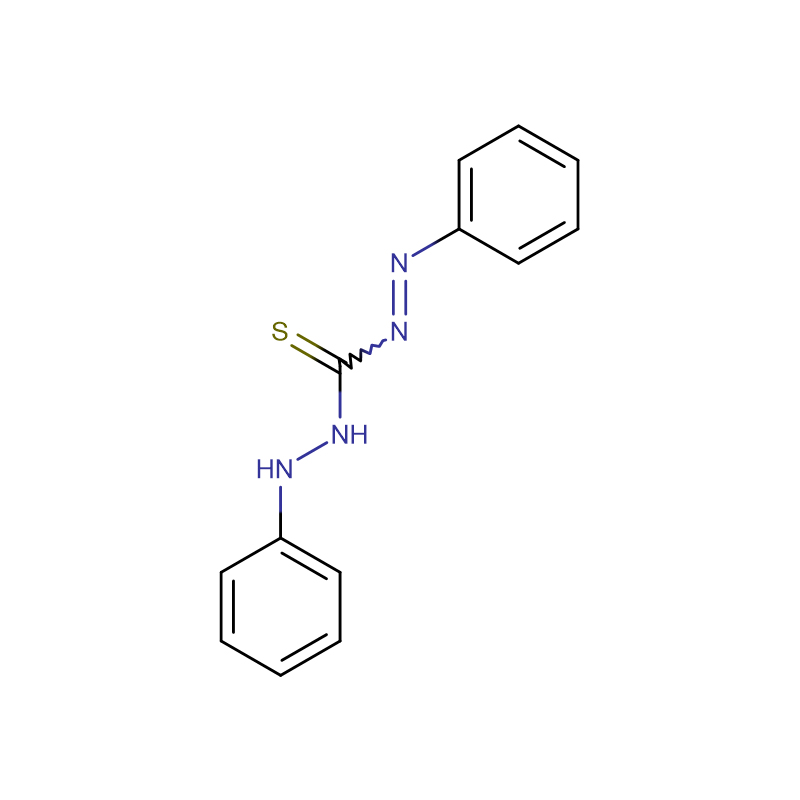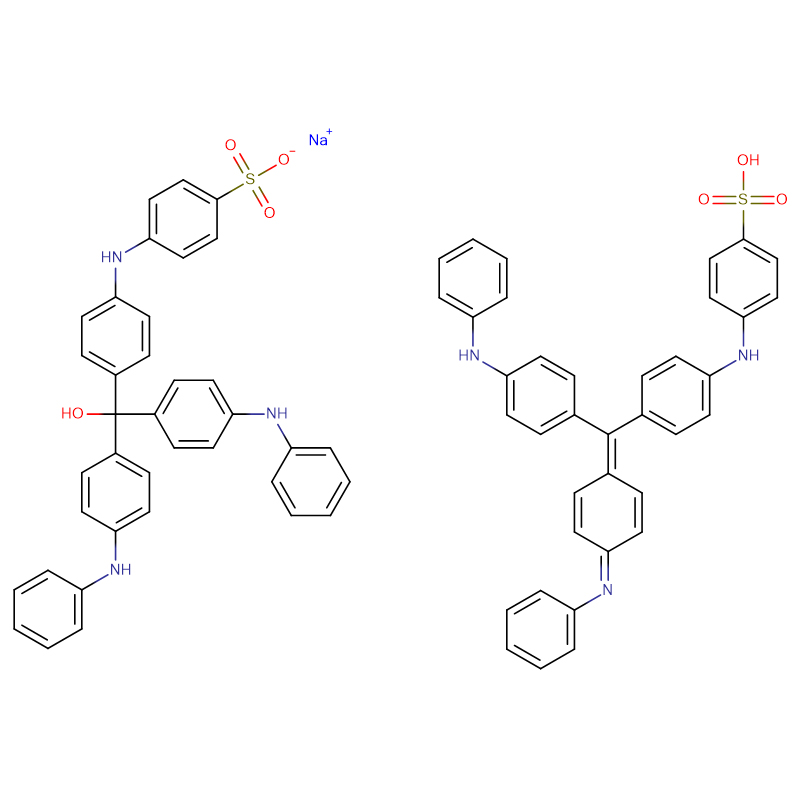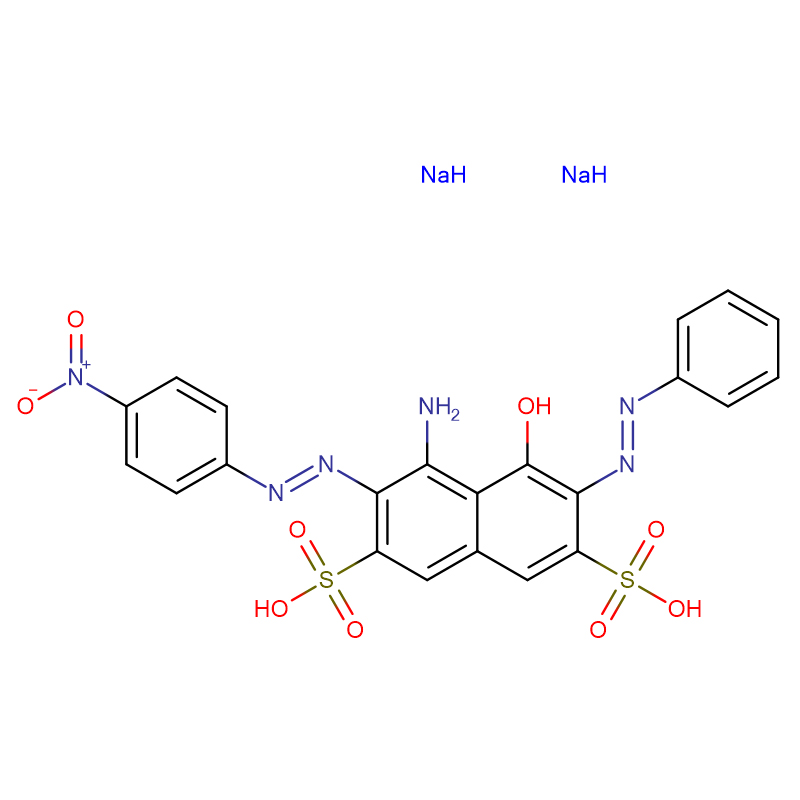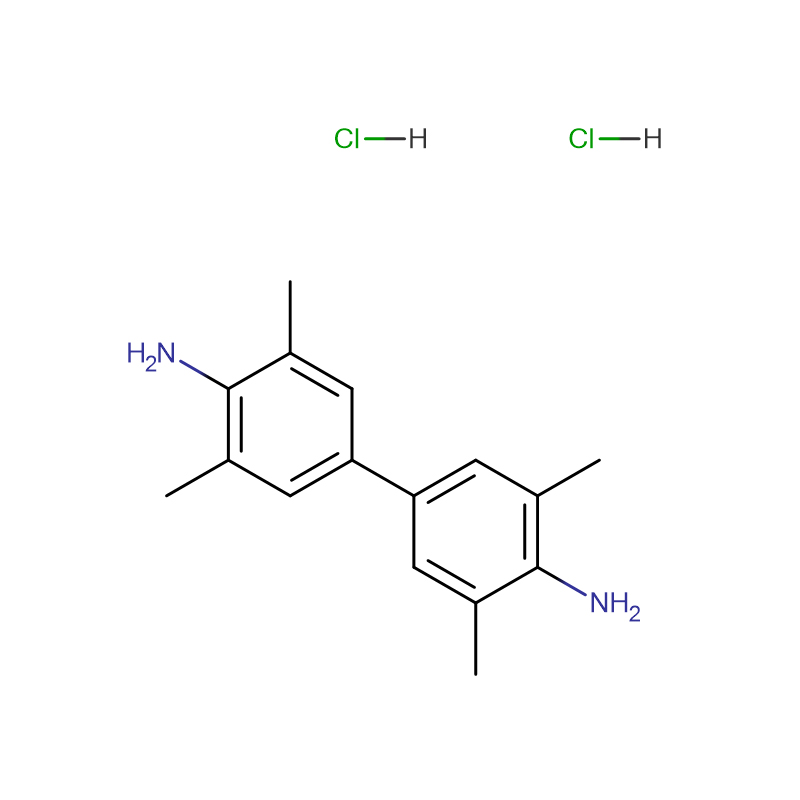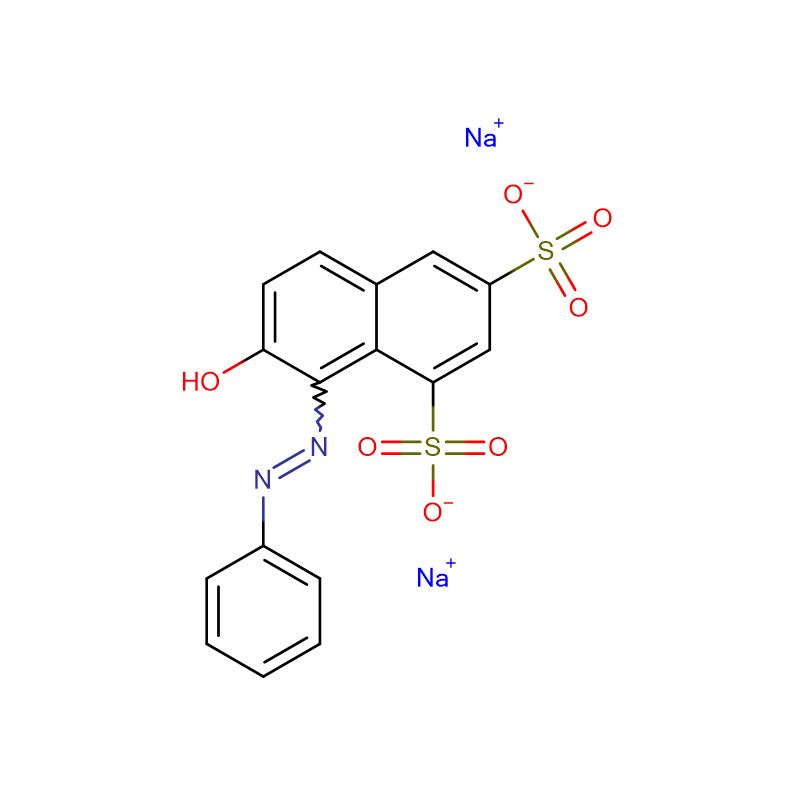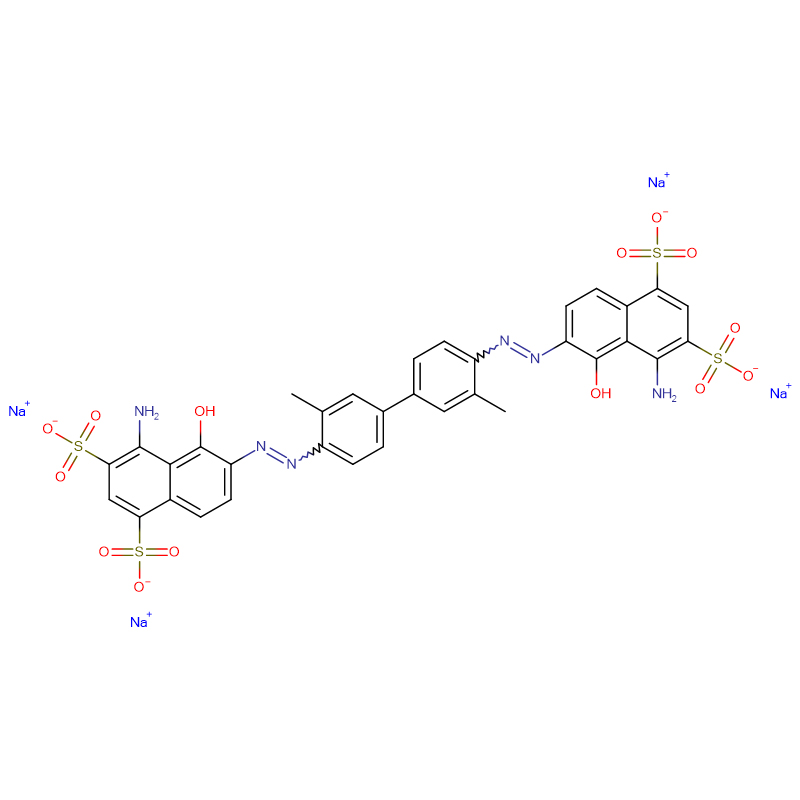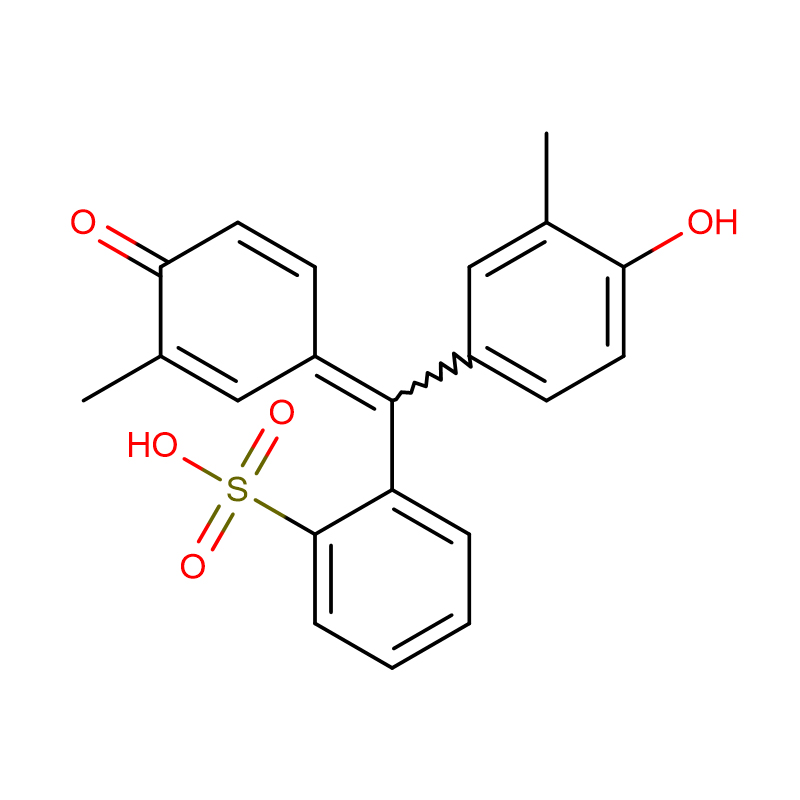Dithizone CAS:60-10-6 80% Black blue powder
| Catalog Number | XD90464 |
| Product Name | Dithizone |
| CAS | 60-10-6 |
| Molecular Formula | C13H12N4S |
| Molecular Weight | 256.33 |
| Storage Details | Ambient |
| Harmonized Tariff Code | 29309098 |
Product Specification
| Loss on Drying | ≤5% |
| Appearance | Black blue powder |
| Assay | 80% |
| Residue on Ignition | ≤0.2% |
Mesenchymal stem cells (MSCs) have been reported to be an attractive source for the generation of transplantable surrogate β cells. A murine embryonic mesenchymal progenitor cell line C3H10T1/2 has been recognized as a model for MSCs, because of its multi-lineage differentiation potential. The purpose of this study was to explore whether C3H/10T1/2 cells have the potential to differentiate into insulin-producing cells (IPCs). Here, we investigated and compared the in vitro differentiation of rat MSCs and C3H10T1/2 cells into IPCs. After the cells underwent IPC differentiation, the expression of differentiation markers were detected by immunocytochemistry, reverse transcription-polymerase chain reaction (RT-PCR), quantitative real-time RT-PCR (qRT-PCR) and Western blotting. The insulin secretion was evaluated by enzyme-linked immunosorbent assay (ELISA). Furthermore, these differentiated cells were transplanted into streptozotocin-induced diabetic mice and their biological functions wer e tested in vivo. This study reports a 2-stage method to generate IPCs from C3H10T1/2 cells. Under specific induction conditions for 7-8 days, C3H10T1/2 cells formed three-dimensional spheroid bodies (SBs) and secreted insulin, while generation of IPCs derived from rat MSCs required a long time (more than 2 weeks). Furthermore, these IPCs derived from C3H10T1/2 cells were injected into diabetic mice and improves basal glucose, body weight and exhibited normal glucose tolerance test. The present study provided a simple and faithful in vitro model for further investigating the mechanism underlying IPC differentiation of MSCs and cell replacement therapy for diabetes.


